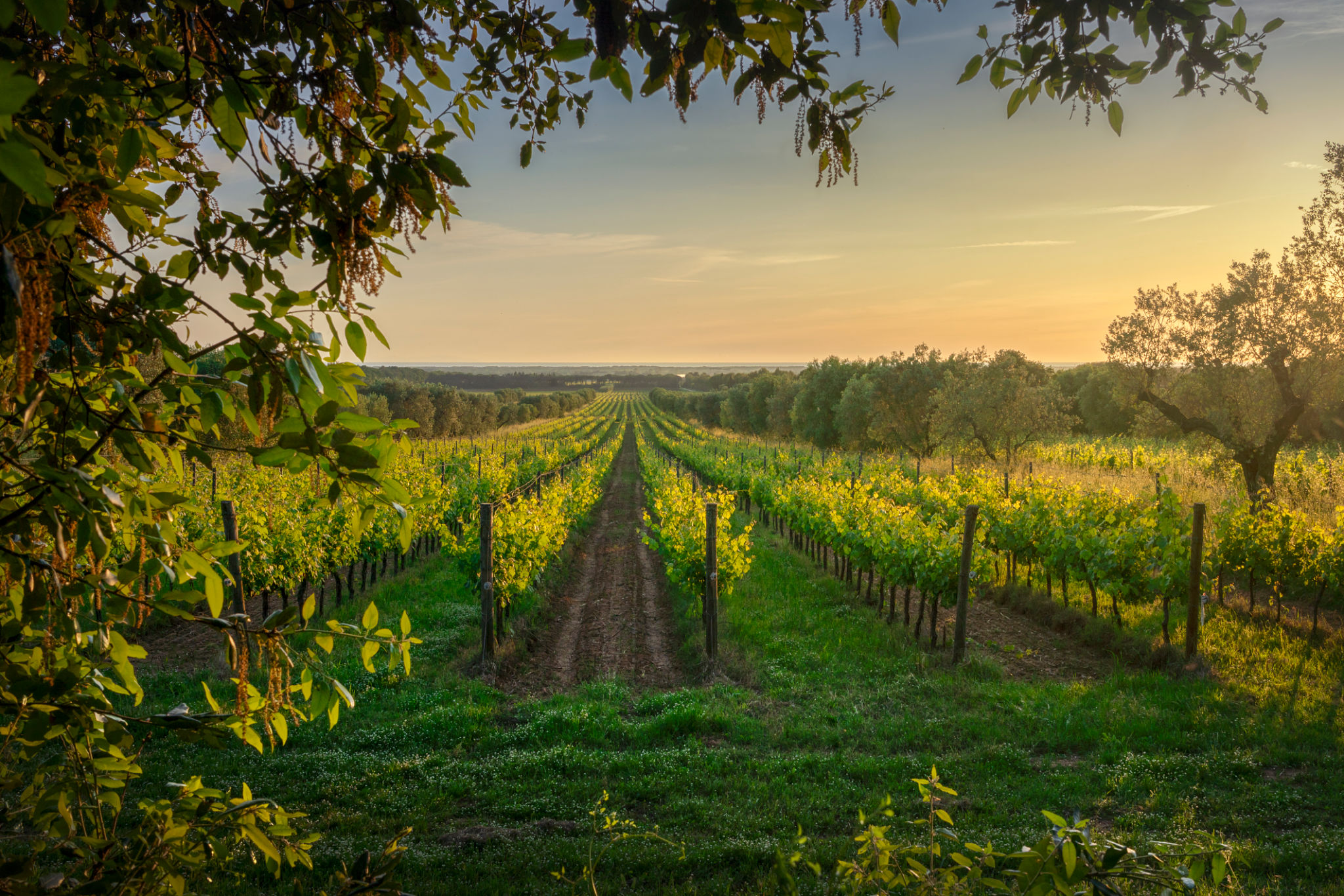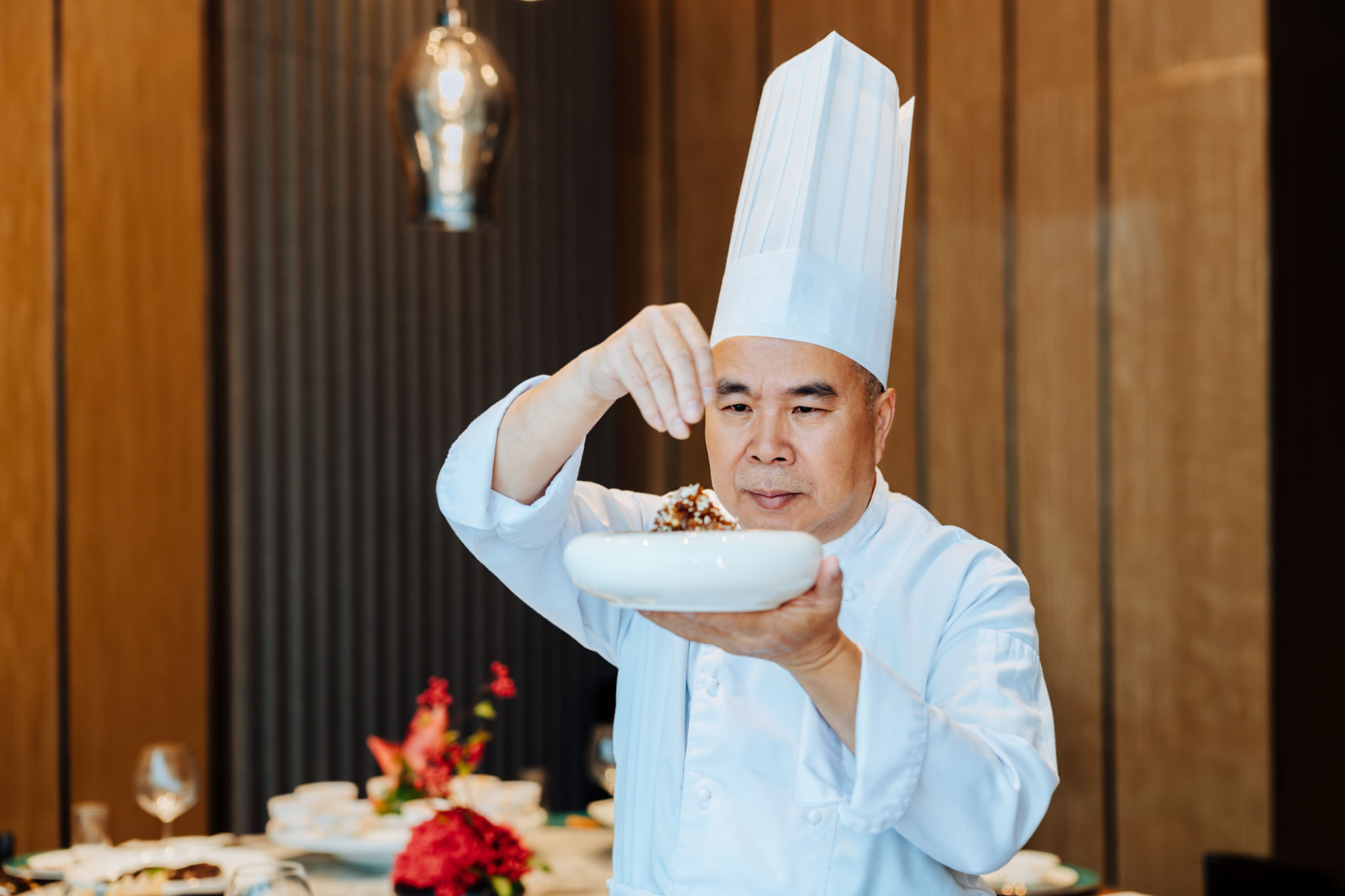Exploring Tuscan Culinary Traditions: A Local's Perspective
The Heart of Tuscan Cuisine
Tuscany is renowned for its rich culinary traditions, deeply rooted in history and the region's fertile landscape. Tuscan cuisine is characterized by its simplicity and reliance on fresh, high-quality ingredients. Locals take immense pride in their ability to transform humble ingredients into exquisite dishes that reflect the true essence of their culture.

Staple Ingredients in Tuscan Cooking
The cornerstone of Tuscan cooking is its staple ingredients. Olive oil is paramount, often referred to as "liquid gold" by locals. The region's expansive olive groves produce some of the finest oils, which are used generously in cooking and drizzled over dishes for added flavor.
Bread is another essential component, particularly the unsalted kind known as "pane sciocco." This bread serves as the base for many Tuscan dishes, including the popular "panzanella" salad and "ribollita," a hearty vegetable and bread soup. Fresh produce, such as tomatoes, beans, and kale, also plays a significant role in Tuscan gastronomy.
Traditional Tuscan Dishes
One cannot explore Tuscan culinary traditions without indulging in some of its most beloved dishes. Bistecca alla Fiorentina, a thick cut of T-bone steak sourced from the Chianina cattle, is a must-try for meat lovers. It is typically grilled to perfection over an open flame, seasoned simply with salt and pepper.

For those with a penchant for pasta, "pici" is a local favorite. These thick, hand-rolled noodles are often served with a rich meat sauce or "cacio e pepe," a simple yet flavorful combination of cheese and pepper. These dishes showcase the tradition of using minimal ingredients to achieve maximum flavor.
Wine and Dine: The Tuscan Way
No exploration of Tuscan cuisine would be complete without mentioning its world-famous wines. The region's rolling hills are home to vineyards producing celebrated varieties such as Chianti, Brunello di Montalcino, and Vino Nobile di Montepulciano. Each wine pairs beautifully with local dishes, enhancing the overall dining experience.

Tuscans have mastered the art of pairing food with wine to create harmonious flavors. A typical meal might start with an antipasto of crostini topped with liver pâté, followed by a pasta course, grilled meats, and a sweet ending of cantucci biscuits dipped in Vin Santo.
The Philosophy of "Cucina Povera"
Pivotal to Tuscan culinary traditions is the concept of "cucina povera," or "poor cooking." This philosophy emphasizes resourcefulness and frugality, making use of every ingredient to avoid waste. It's about creating delicious meals from simple, inexpensive ingredients, a practice that has been passed down through generations.
This approach not only highlights the region's historical context but also celebrates the ingenuity and creativity inherent in Tuscan cooking. It’s an ode to the past, where necessity bred a style of cooking that remains relevant and cherished today.
Experiencing Tuscany Through Its Food
To truly appreciate Tuscany's culinary traditions, one must immerse themselves in the local culture. Visiting local markets, attending cooking classes, or dining with a Tuscan family can provide unique insights into the region's food heritage. These experiences allow you to connect with the land and its people in an intimate way.

Whether you're savoring a simple tomato bruschetta or indulging in a multi-course meal, each bite is a testament to Tuscany's rich history and vibrant culture. It's an exploration that extends beyond taste, offering a window into a way of life that values tradition, community, and the joy of sharing good food.
